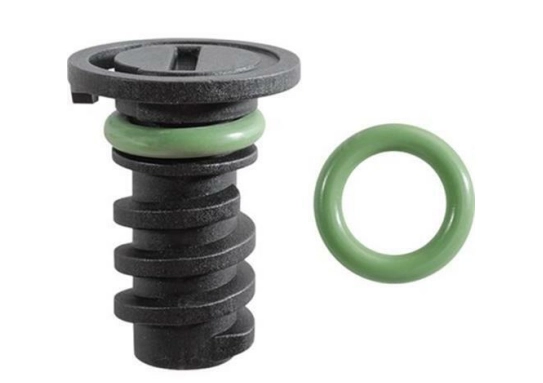High-Quality Shaft Seals for Optimal Performance
Understanding Shaft Seals Their Importance and Applications
Shaft seals play a crucial role in various industries, ensuring the smooth functioning of machinery by preventing the leakage of fluids and contaminants. These seals are essential components in rotating equipment, such as motors, pumps, and gearboxes, where they maintain the integrity of the system while minimizing wear and tear.
What is a Shaft Seal?
A shaft seal is a device designed to seal the gap between a rotating shaft and the stationary housing, effectively preventing lubricants from escaping and contaminants from entering. The primary function of a shaft seal is to protect the internal components of machinery from external elements, such as dust, dirt, and water, which could cause premature failure.
Shaft seals are typically made from various materials, including rubber, plastic, ceramics, and metal. The choice of material often depends on the operating environment, temperature ranges, and the type of fluids being sealed. Common types of shaft seals include lip seals, mechanical seals, and dynamic seals, each designed for specific applications and operational conditions.
Types of Shaft Seals
1. Lip Seals These are among the most commonly used shaft seals. They feature a flexible lip that fits tightly against the shaft, creating a barrier that prevents leakage. Lip seals are suitable for various applications, including automotive engines and hydraulic systems.
shaft seal

2. Mechanical Seals These seals consist of two stationary and rotating faces that create a seal. Mechanical seals are often used in high-pressure applications, such as pumps and compressors. They offer superior sealing capabilities and are designed to handle high temperatures and pressures.
3. Dynamic Seals These seals are specifically designed to accommodate the movement of the shaft. They are essential in applications where the shaft undergoes radial or axial movement, providing a reliable seal even in dynamic conditions.
Importance of Shaft Seals
The significance of shaft seals cannot be overstated. By preventing leaks, they help maintain the efficiency of machinery, reducing the need for frequent maintenance and repairs. This saves time and money for businesses while ensuring the longevity of equipment.
In addition to cost savings, shaft seals contribute to environmental protection. By minimizing leaks of oils and other hazardous fluids, they help reduce the risk of contamination to the surrounding environment. This is especially critical in industries such as manufacturing, oil and gas, and food processing, where proper sealing can have broader implications for safety and compliance with environmental regulations.
Conclusion
In summary, shaft seals are essential components in many industrial applications. Their ability to prevent leaks and protect machinery from contaminants makes them vital for operational efficiency and equipment longevity. As technology advances, the design and materials used for shaft seals continue to evolve, ensuring their effectiveness in more demanding environments. Understanding the different types of shaft seals and their applications can help industries make informed decisions to enhance their processes and mitigate risks associated with fluid leakage.
-
The Ultimate Guide to Boat Propeller Bearings and Trailer Wheel Bearings
News Jul.31,2025
-
The Essential Guide to Marine Bearings and Boat Trailer Wheel Bearings
News Jul.31,2025
-
The Complete Guide to Heavy Duty Seals: Protecting Doors and Spaces Efficiently
News Jul.31,2025
-
Essential Guide to Marine Shaft Bearings and Boat Trailer Axle Bearings
News Jul.31,2025
-
Comprehensive Guide to Marine and Trailer Bearings for Safe Boating and Transport
News Jul.31,2025
-
Comprehensive Guide to Automotive Oil Seals: Protecting Your Engine and Shafts
News Jul.31,2025
-
Understanding Automotive Oil Seals: Essential Components for Engine and Shaft Protection
News Jul.30,2025
Products categories















